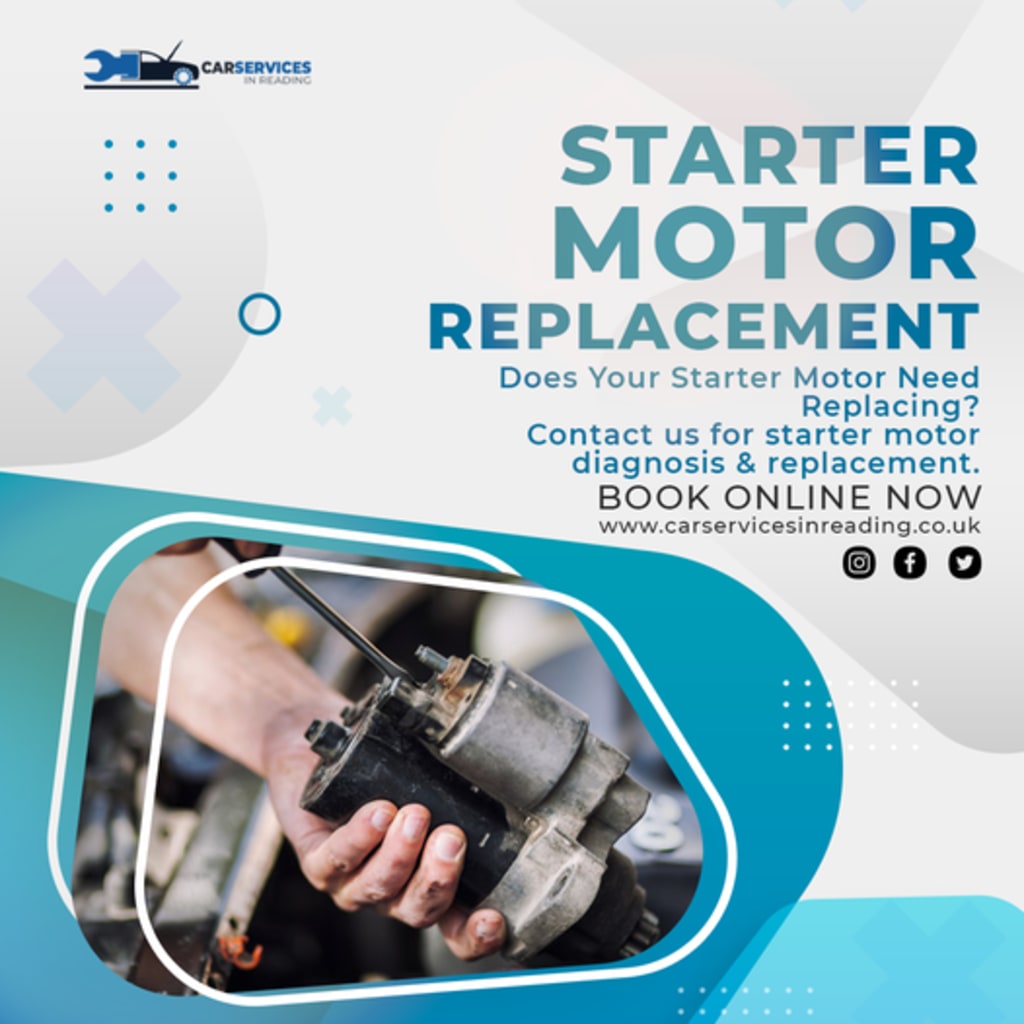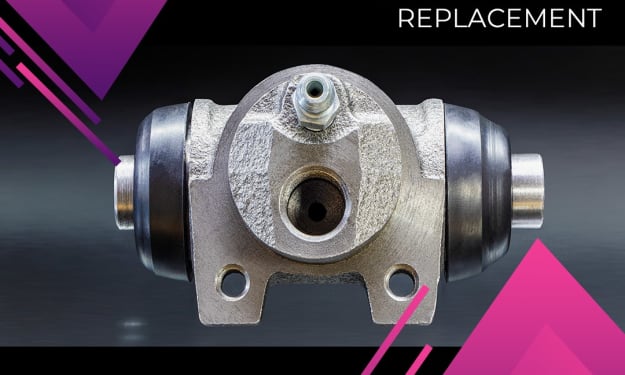Problems & Solutions for Wheel Cylinders: The Ultimate Guide
Replacement of wheel cylinders in pairs is typical because if one fails, the other isn't far behind in wear. Replacements are frequently performed together with brake shoe replacements in garages in Reading.

In your car's drum braking system, the wheel cylinder is crucial.
Its job is to apply brake shoes to your brake drums, causing your car to slow down.
But what is a wheel cylinder, exactly?
What could possibly go wrong with it, and more importantly, what can you do about it?
We'll go through the role of wheel cylinder in this post, as well as some typical issues with it.
What Is a Wheel Cylinder and How Does It Work?
The brake wheel cylinder is an important part of the drum braking system of your vehicle.
It is bolted to the drum brake backing plate and is located at the top of the wheel within the drum brake.
What is the purpose of it?
It's utilised to push a set of brake shoes outwards so they may make contact with a brake drum and slow your car down through friction.
What distinguishes this from a disc brake?
A disc brake calliper squeezes a brake pad onto either side of a spinning disc to slow the car down, unlike a drum brake wheel cylinder that applies a pushing force onto a brake shoe.
Are brake drums common?
While most current cars have disc brakes, it's still usual for an older car or small truck's rear tyres to have drum brakes.
Let's look through the structure of wheel cylinders now that we've covered the fundamentals. It will be easier for you to see how things may go wrong in the future.
If you check MOT history of your vehicle, a seized wheel cylinder could have been the reason for a MOT failure as this is the common problem with them.
What Is the Function ofa Wheel Cylinder?
The force created by your foot is transferred to the brake master cylinder when you compress the brake pedal.
The master cylinder then turns this force into hydraulic pressure, which is sent to each wheel cylinder through a brake line.
The cylinder pistons are pushed outwardly by the pressure braking fluid in the wheel cylinder, slamming each brake shoe against the revolving brake drum and halting the wheel.
Return springs pull the brake shoes away from the brake drum when the brake pedal is removed, driving the wheel cylinder pistons back into their bore.
It's worth noting that this two-piston arrangement isn't the only form of wheel cylinder available. Two single piston wheel cylinders, one at the top and one at the bottom of the drum, each coupled to a brake shoe, are used in some drum brake systems.
What Are the Signs That a Wheel Cylinder Is Faulty?
Because the wheel cylinder is positioned inside the drum brake, it might be difficult to see.
However, there are certain indications that something is wrong:
1. Your vehicle's brake reaction is weak, and you'll notice that braking takes longer.
2. Your brake pedal is mushy, spongy, or dips to the floor of your car.
3. Your rear brake drum has a brake fluid leak that collects at the back wheel.
4. The brakes on the back drums drag or lock up.
Do not drive your vehicle if you encounter any of these issues.
Driving with defective brakes is risky, so search for garages in Reading online and have your car towed to a technician who can diagnose and repair the problem.
With that in mind, what causes a brake wheel cylinder to fail?
What Causes a Wheel Cylinder to Fail?
Because a wheel cylinder has so many moving components, it's easy for this hardworking component to break down.
The following are five of the most common:
1. Rubber Seal Failure - The piston seals and dust boots on the wheel cylinders are constructed of rubber. With time, these seals grow brittle and might collapse due to severe heat or natural wear and tear. Your car will leak brake fluid when they fail, the hydraulic pressure in the braking system will drop, and your braking performance will be reduced.
2. Worn Pistons - Pistons are designed to have a specified diameter in relation to the bore size of your cylinder. However, pistons can wear out over time and no longer fit tightly in the cylinder bore. If this happens, there's a chance a piston seal would leak or the piston will rock, increasing wear.
3. Stuck Pistons - A smooth surface is expected on the cylinder bore. However, exposure to moisture in the brake fluid can create corrosion and pitting in the cylinder bore, causing your piston to become stuck. The outcome of stuck pistons is a drum brake that won't release, causing serious braking issues in your drum brake system.
4. Pistons Slipping Out of The Bore - Excessive brake drum wear might allow pistons to entirely slip out of the cylinder bore. Your drum brakes will not operate at this time.
5. Cracked Cylinder Body - Worn wheel cylinders can crack and split under pressure, releasing brake fluid and affecting their performance.
Note that, despite its appearance, replacing or repairing a faulty wheel cylinder is a difficult undertaking due to its placement and how it interacts with the rest of your drum brake system. It is recommended to search for car services in Reading and leave it in the hands of a professional car mechanic.
About the Creator
Car Services in Reading
Are you looking for a reputable and high-quality car garage in Reading ? Car Services in Reading is your one-stop shop for online garage services in Reading. Book online car repair services with us with confidence.
Enjoyed the story? Support the Creator.
Subscribe for free to receive all their stories in your feed. You could also pledge your support or give them a one-off tip, letting them know you appreciate their work.






Comments
There are no comments for this story
Be the first to respond and start the conversation.